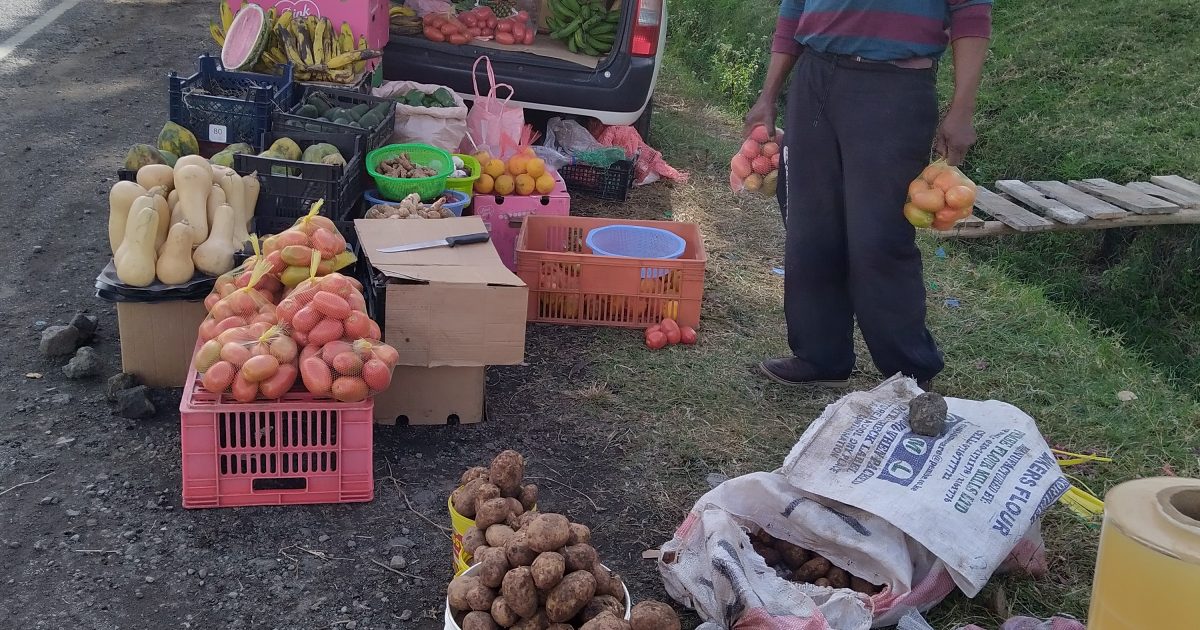In the realm of food security, the reduction of post- harvest losses has been identified as a way of boosting production, in addition to expanding irrigation and increasing the use of yield-enhancing inputs.
Food security is one of the ‘Big Four’ agendas, the others are affordable housing, manufacturing and universal health care.
However, Peter Macharia an agricultural researcher in Njoro, Nakuru County, said one area which contributes to food insecurity in the country, is the perennial post-harvest losses, which the Ministry for Agriculture estimates at 40 per cent before reaching the market.
He said the figure was bothersome since it doesn’t include food waste, which refers to quality food that is fit for human consumption but does not get consumed because it’s discarded, either before or after it become spoiled and unfit for human consumption.
Macharia said due to population growth, rapid urbanization and changes in dietary patterns, there is fast-growing demand for agricultural products in global markets and in developing countries.
“Even though the country has vast agricultural potential, we have witnessed over the past three decades a rise in food importations,’’ he said.
The researcher said the continued importation of food has raised the concern over the country’s ability to afford its food bill and ensure food security, while at the same time, aiming to eradicate poverty.
He said poverty reduction strategies that have been revived all over the world, have proven that agriculture has the capacity of reducing poverty than other sectors, because poor people achieve more growth from farming than from any other sector.
However, he said despite the high poverty levels and food insecurity farmers still lose a third of their produce through post-harvest losses, while consumers waste food by buying more than they need, especially during the coronavirus pandemic which has encouraged food hoarding. Post-harvest losses negate the farmers’ efforts to get their crops ready for the market.
“The fundamental factors that lead to this situation include poor management, storage, and conveyance of the crop from the farm to the market. As much as food spoilage is a global problem, it’s most prevalent in Africa due to poor physical infrastructure as well as technological mishaps. Lack of proper facilities after harvesting means that 40 per cent of the food is wasted before consumption,’’ he stated.
The Chairman of South Rift Farmers’ Association, Justus Monda said farmers and consumers have been taken hostage by middlemen because dissemination of information is controlled by a few players in the agricultural value chain.
He added that infrastructural developments such as good road network, requires a huge capital outlay, however, this will ensure farm produce reaches the market on time.
The Technological expert, Justine Kimani said numerous problems facing farmers would easily be solved through a well thought out applications.
“We must underscore the importance of technology in bridging agricultural food distribution gaps, because it has a latent potential of bringing on board all the players seamlessly and cost-effectively,’’ he stressed.
Kimani said it will help in marketing and avoiding intermediaries who buy farmers’ produce at low prices, yet it spoils on the way to the market or while at the market.
He added that the rationale for embracing technology in agriculture is to ensure farmers find markets within and without their localities.
“For example a potato farmer in Kuresoi does not necessarily have to rely on a middleman to inspect his crop and propose a day for harvesting if all he needs, is to sign up to a mobile application to sell the crop,’’ he stated.
For sustainable agricultural balance, Kimani said, players should be encouraged to develop a platform that provide a market place for both buyers and sellers, which will infuse e-commerce in the food supply chain.
He said that this can be achieved because Kenya’s mobile penetration has hit 100 per cent, according to data released by the Communication Authority of Kenya(CAK), for the quarter ending September 2019.
The critical perspective, he said, is that vendors will only procure the product that they need, which will annihilate all the losses that farmers make perennially.
He added that with good technological advancements, farmers can enhance their bargaining power through mobile money payments, because they will not have to worry about their produce going to waste, forcing them to sell, thereby negotiating for a good price that will sustainably enable them to grow their livelihoods.
Kimani at the same time observed that farmers and consumers need to be part of this digital revolution, because they are key players in minimizing food wastage.
The optimistic perspective, he said, is that there are plans to lessen these losses to 15 per cent by 2022 as part of the government’s big agenda.
Therefore, scientific methods, especially technology, has the capacity of decreasing post-harvest losses faster than any other strategy.
By Veronica Bosibori





